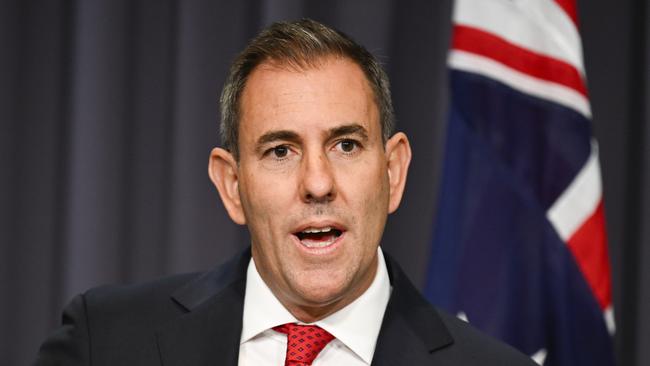Reserve Bank silence ‘good sign’ of rate cut
The Reserve Bank’s ‘communication hiatus’ at a time when economists and investors overwhelmingly expect rate relief indicates it will trim borrowing costs on Tuesday for the first time since 2020.

The Reserve Bank’s “communication hiatus” at a time when economists and investors overwhelmingly expect rate relief indicates it will trim borrowing costs on Tuesday for the first time since 2020.
Since its last cash rate decision on December 9-10, the central bank has kept external communication to a minimum. An appearance by deputy governor Andrew Hauser the following day, and the Christmas Eve release of meeting minutes, are its only contributions on monetary policy.
After the release of December quarter inflation data, which showed underlying price pressures retreating, most economists now expect the RBA to enter a new phase of its fight against inflation, delivering on Tuesday a quarter-percentage-point reduction to 4.1 per cent.
With money markets similarly pricing in a near 90 per cent chance of a cash rate cut next week, AMP chief economist Shane Oliver said the RBA’s two-month silence suggested it was comfortable with the overwhelming expectations for a reduction.
“By the time we get to the meeting, we’ll be 2½ weeks into February so if the RBA wanted to push back against perceptions then it could have scheduled a speech in early February,” Dr Oliver said. “The fact they haven’t is a positive sign.”
The RBA’s new schedule of eight meetings a year has pushed back its first cash rate call to February 17-18, rather than the traditional timing for its February board meeting of the first Tuesday of the month.
Challenger chief economist Jonathan Kearns, who previously led the RBA’s financial stability department, described the communications void as a “missed opportunity” to shape expectations of a cash rate cut.
“Expectations have become so firm that the RBA will cut, but if the RBA doesn’t, that will then be quite a big hit (to the) RBA when it has made a big effort to improve its communications,” he said.
Following a sweeping review of the RBA, commissioned by Jim Chalmers, it has overhauled its communications strategy and now holds a press conference following each interest rate decision.
The accompanying media statement has similarly been reshaped, while the RBA’s press office has undertaken a hiring blitz and is now led by Malcolm Turnbull’s former private secretary, Sally Cray, as chief communications officer.
While Labor sweats on an easing of interest rates to deliver an electoral boost to households who have weathered 13 rate hikes since May 2022, former RBA assistant governor turned Westpac chief economist Luci Ellis said the RBA would be undeterred by pressure to deliver cuts.
“The RBA always experiences a lot of pressure regarding the monetary policy decision (but) it fulfils that job, noting that there are people who may wish it to operate differently,” Dr Ellis said.
The central bank has shocked RBA-watchers before. On two occasions, in November 2012 and April 2015, during Glenn Stevens’ tenure as governor, it stayed put even as economists and markets overwhelmingly expected a cut to the cash rate.



